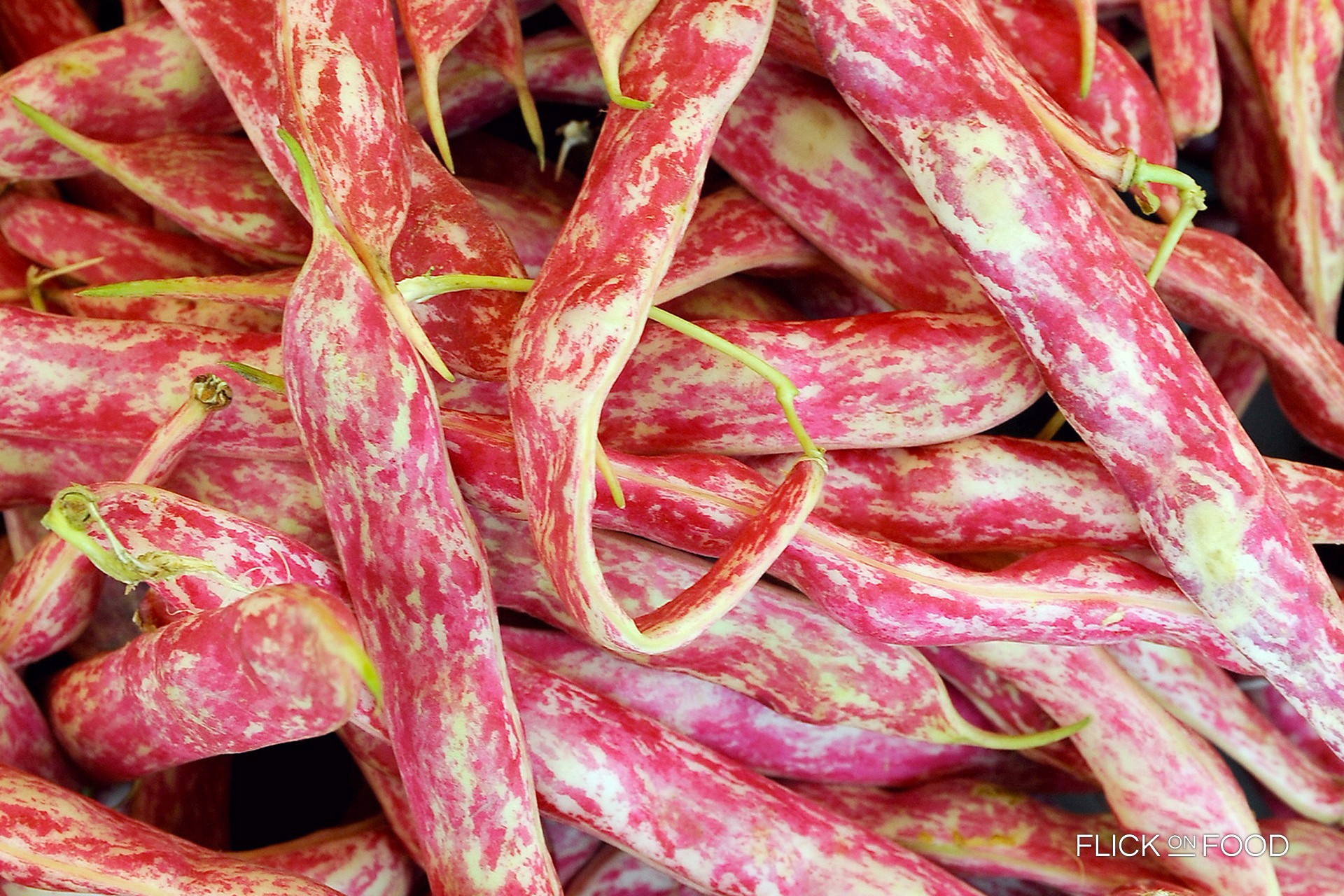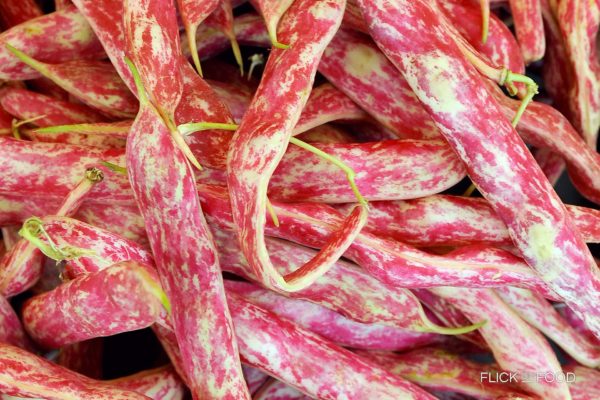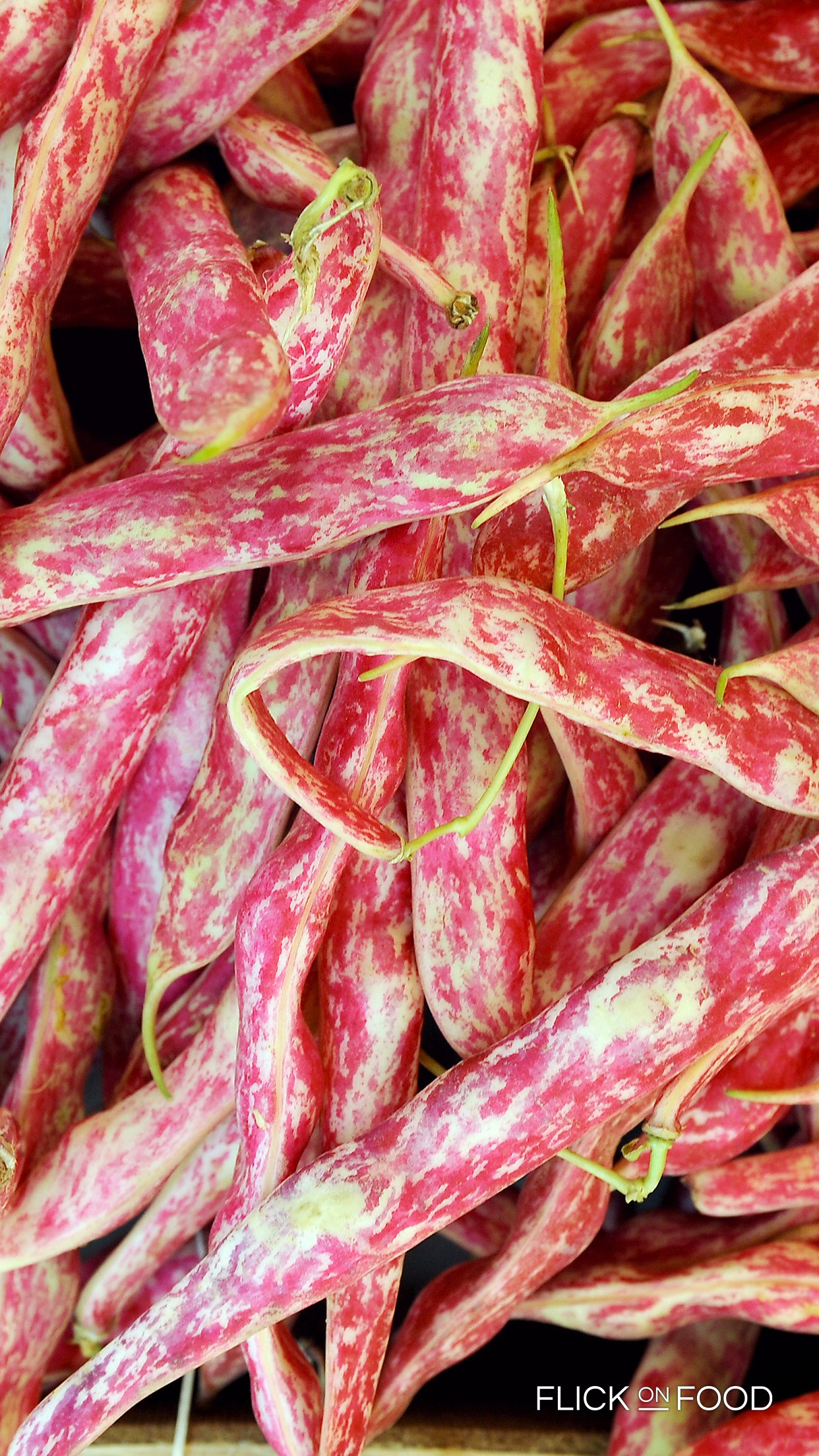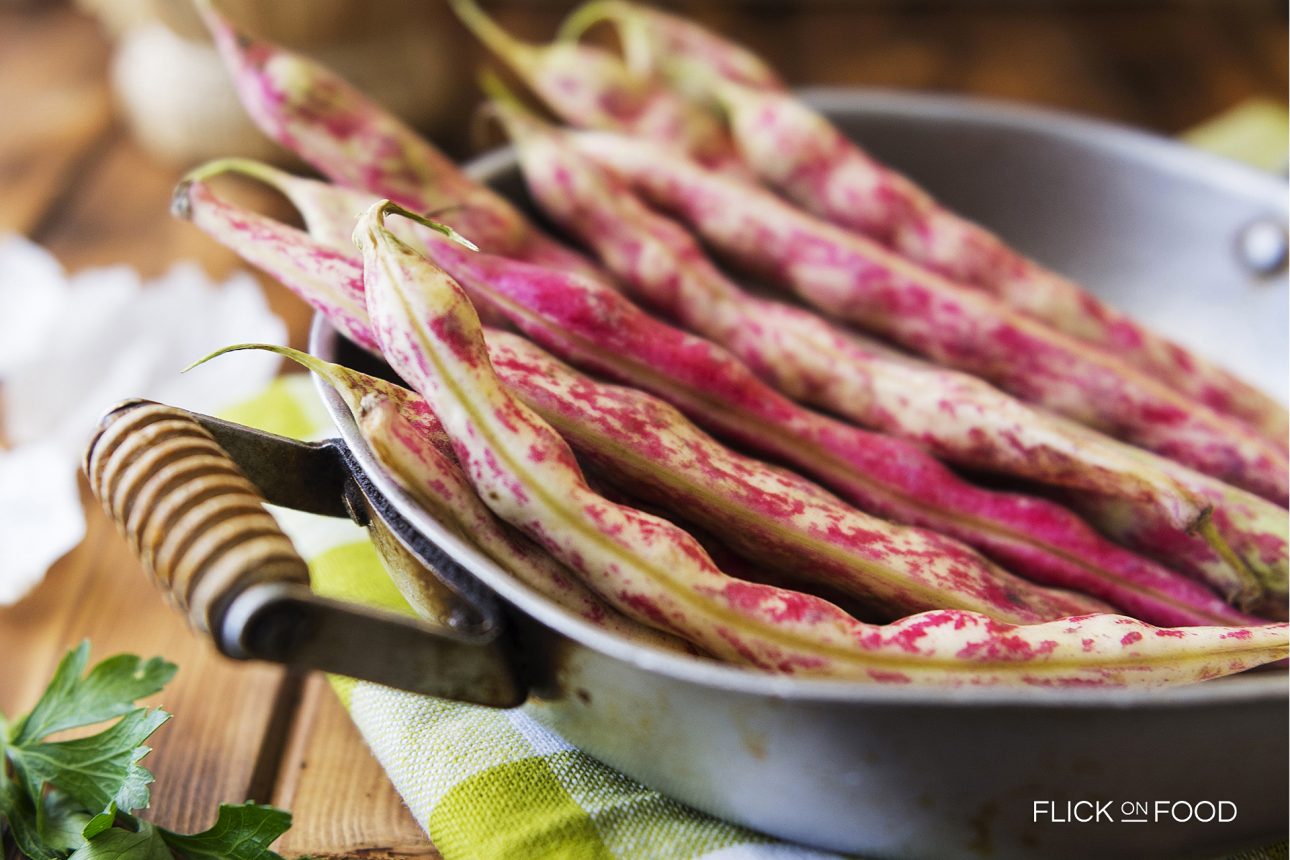
Hull your fresh beans immediately so the air doesn’t harden their skins.
Origin
Lamon beans have been cultivated for around 500 years in the province of Belluno, in the areas of Lamon and Sovramonte. They were brought to the Lamon plains in the year 1500 by the humanist Pietro Valeriano, one of Pope Clement VII’s officials, after receiving some as a gift from the Spanish court. A Consortium for the protection of the Lamon Bean began operating in 1993, seeking to develop, protect and promote the production and consumption of the beans. Traditionally, the beans are planted on the 3rd of May, the feast of the Holy Cross, while the harvest takes place from the second half of August through to September.
Cookit
These beans have thin skins, soft flesh and a delicate flavor, and they’re also easy to digest. These qualities make them perfect in a variety of different dishes, including the traditional ‘pendolon’ — a thick purée made from beans and potatoes. Its name comes from the word ‘pendola’ meaning ‘wedge’ because it is cut into slices of the same shape. There are 4 varieties of Lamon beans: Spagnolit (the smallest), Spagnolon (best suited for soups), Calonea (with a bright red colour), and Canalin.
Did you know
Lamon beans are produced sustainably, through careful selection and meticulous labor. They’re grown on small family farms that have long been producing beans. In fact, thanks to the constant attention they receive, they have a lower risk of disease and less need for chemicals, which guarantees a natural and sustainable product.





